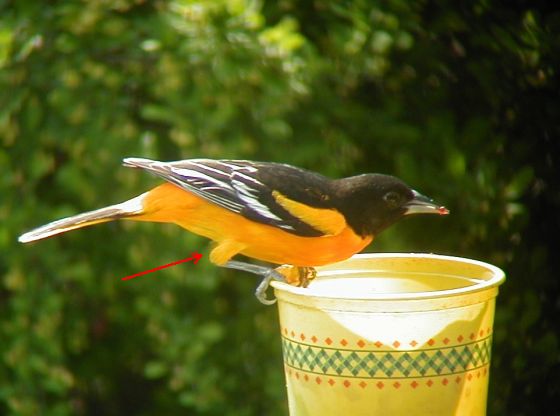
Marcy Cunkelman’s Baltimore oriole agreed to return for a cameo appearance to illustrate another anatomy lesson.
Last week I pointed out that the part of the bird we call the “leg” is actually its foot. The tibia is where its real leg begins.
In songbirds the tibia is feathered and usually unseen, hidden among the belly feathers. Here, Marcy’s oriole is showing his tibia as he perches on her jelly dish. What a surprise that his leg is orange!
In long-legged wading birds the tibia is naked and quite obvious because they need the tibia’s length to keep their bodies above the water.
We have tibias, too. They’re the larger and stronger of the two bones between our feet and knees. Above our knees the bone is called the femur.
Birds have femurs but good luck trying to see them. We’re lucky to see the tibia!
(photo by Marcy Cunkelman)
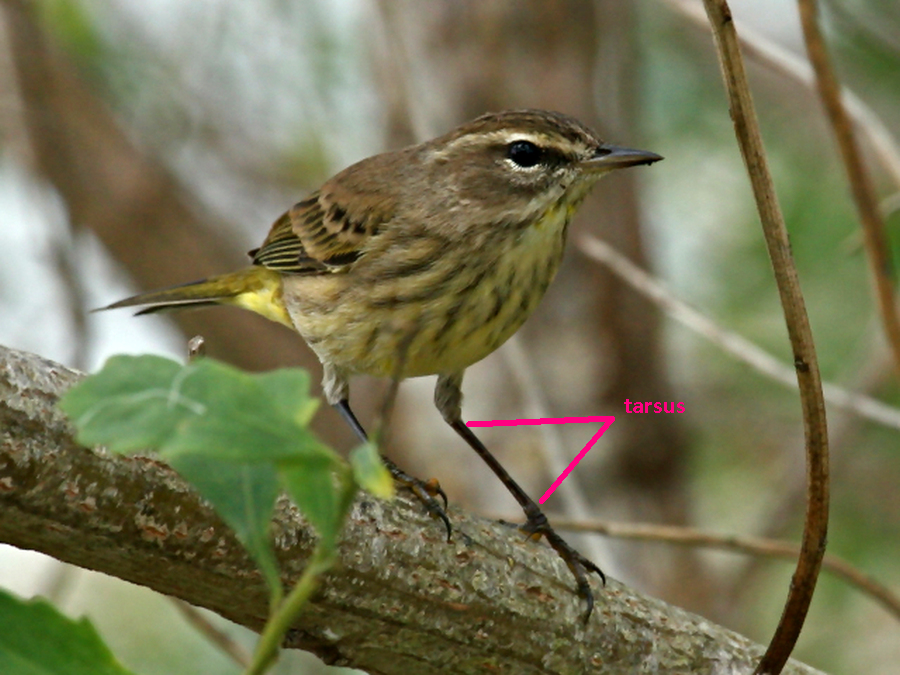
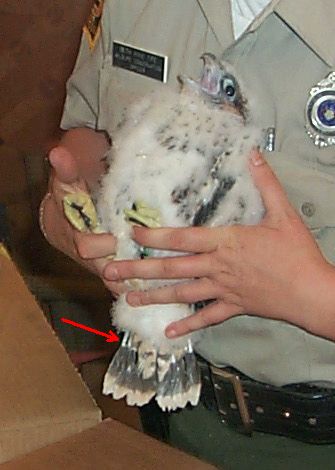 Two weeks ago my anatomy lessons embarked on the subject of birds’ feet but I’m changing gears today for a special edition. We need to know about pin-feathers right now.
Two weeks ago my anatomy lessons embarked on the subject of birds’ feet but I’m changing gears today for a special edition. We need to know about pin-feathers right now.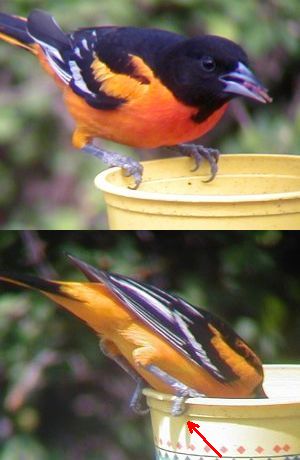
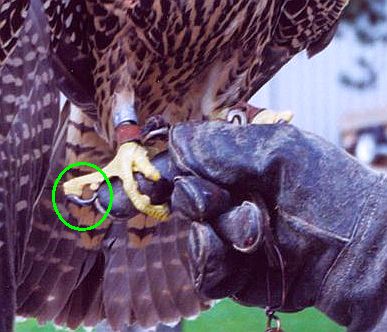
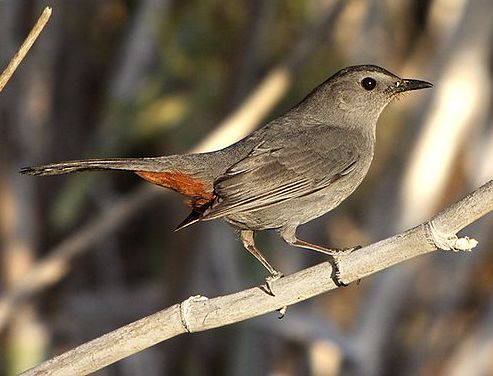
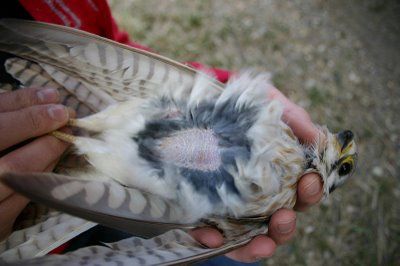
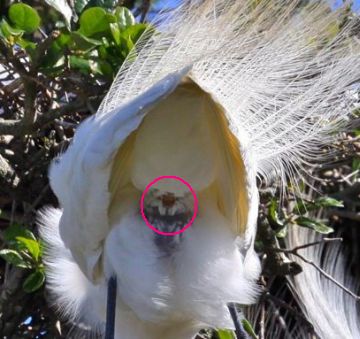 For several weeks we’ve learned about body parts that are the same on birds and humans. Today’s lesson is very different.
For several weeks we’ve learned about body parts that are the same on birds and humans. Today’s lesson is very different.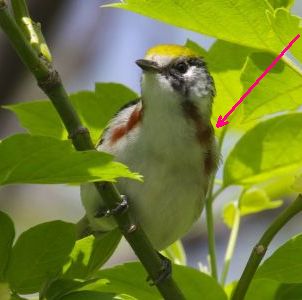
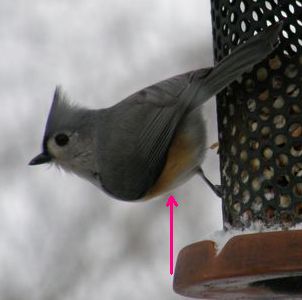
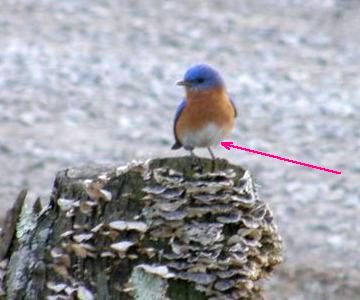 Birds have bellies just like we do, low on their bodies just like ours.
Birds have bellies just like we do, low on their bodies just like ours.